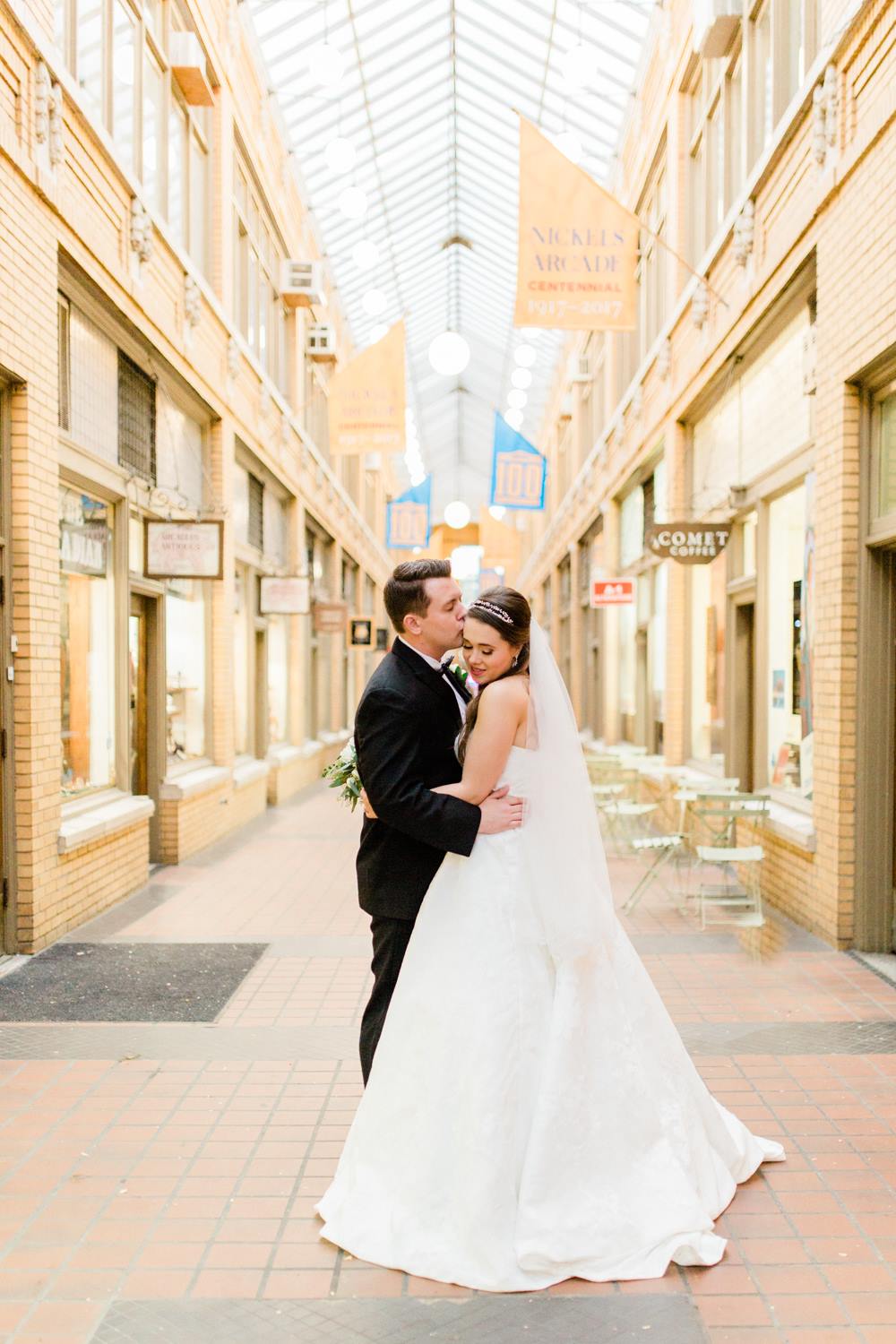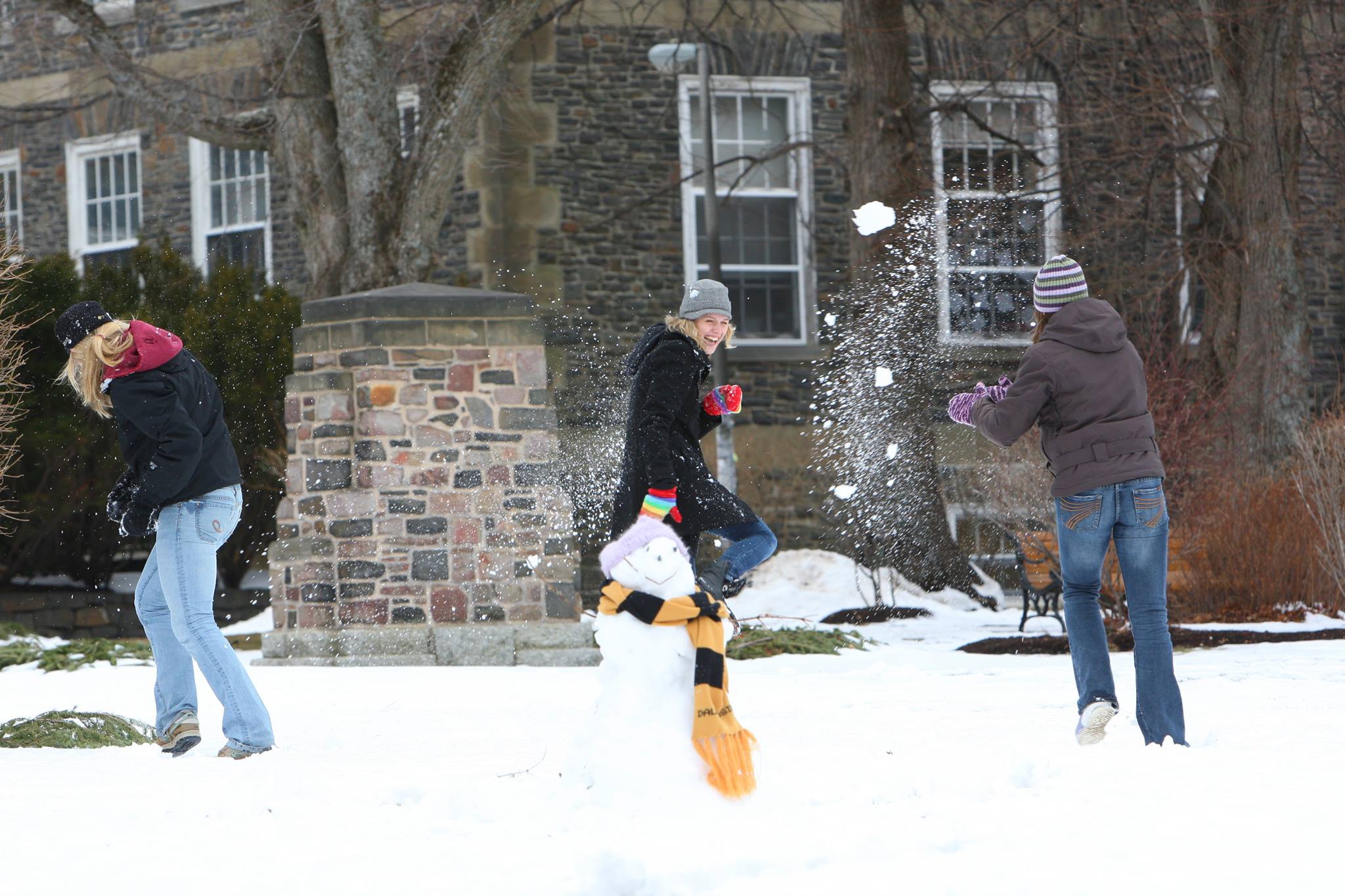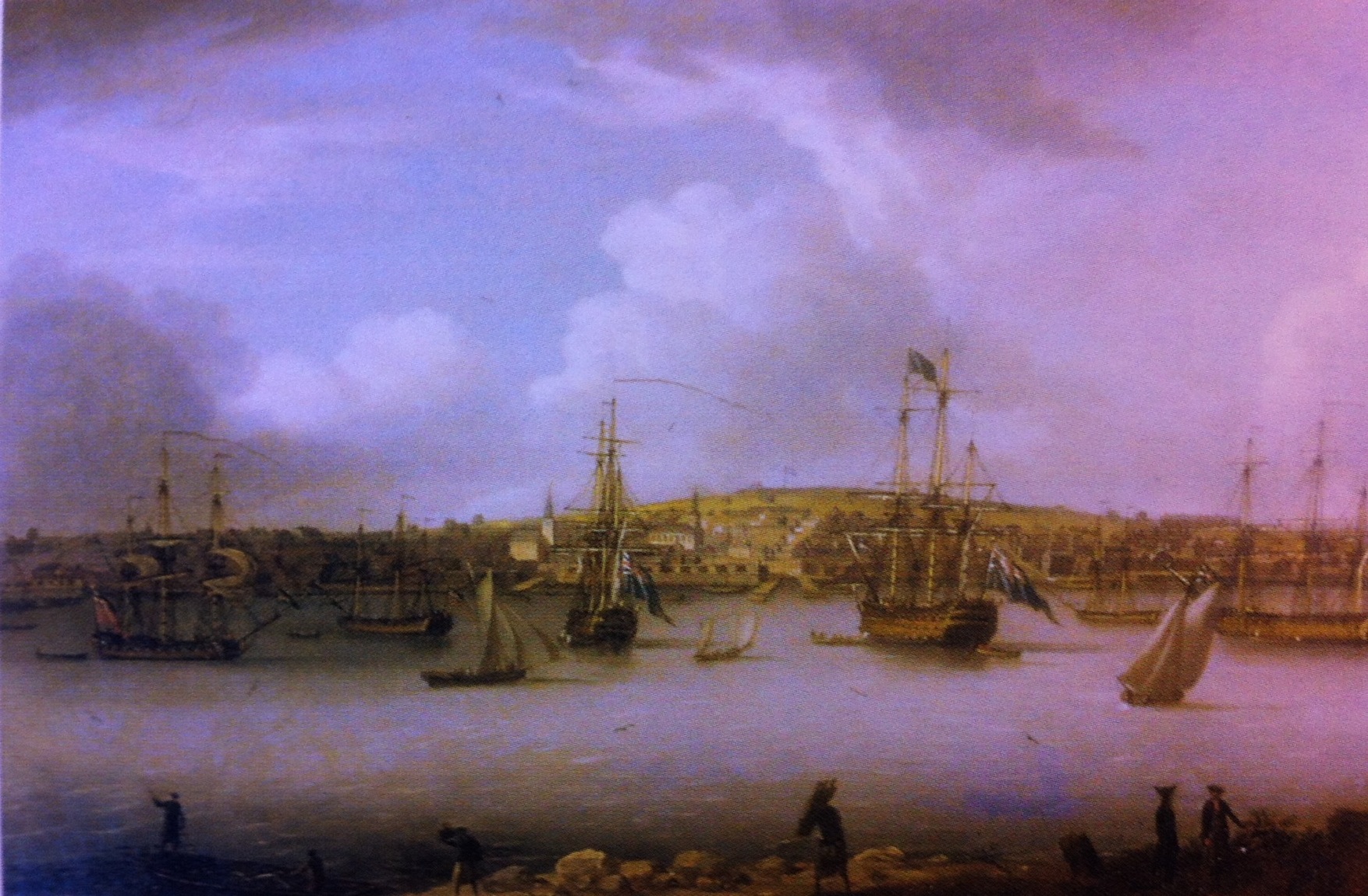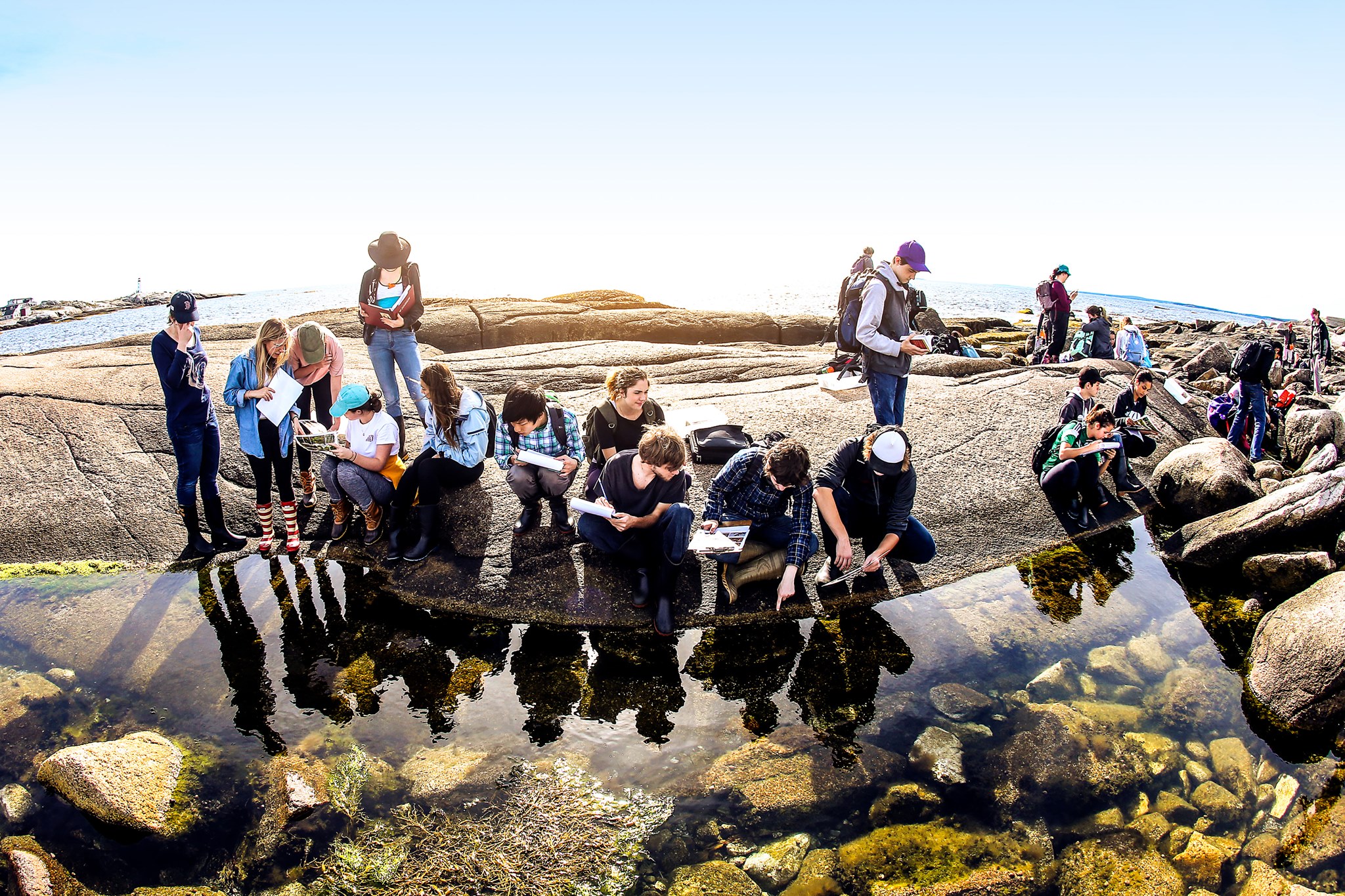Tag Archives: D1/1
- Home
- Posts tagged "D1/1" (Page 3)

Chanson de matin Op.15 No. 2
“Chanson de Matin” is characterized by its light, lyrical, and charming melody, which evokes a sense of freshness and optimism associated with the early hours of the day. Elgar is known for his ability to capture various moods and emotions in his compositions.
Anderson University School of Music, Theater, and Dance
Physical Plant | Anderson University
🟠⚫SCHOLARSHIP ALERT
Learn more about our Christian High School and Homeschool scholarship by clicking this link:https://t.co/LTMbl9WfNT pic.twitter.com/GEEr4i1xkv
— Anderson University (@AndersonU) February 13, 2025
Best Coffee Spots Near Campus
|
“The coffee-house is an original British institution, but as there are daily effusions of wit and humor in several of these little periodical papers, I think we may be justly said to have our Coffee-houses among us.” (From “The Spectator,” No. 9, March 10, 1711) |
Michigan Central | Major Projects | University of Michigan Capital Plan
Ellie Younger: Best Coffee Spots Near Campus
Artisanal coffee departs from mass-market approaches and replaces it with emphasis on craftsmanship, quality, and attention to detail throughout the entire process—from cultivation to brewing. Key aspects:
» Artisanal coffee producers often prioritize high-quality beans. They might focus on specific varieties, regions, or even single-origin beans, showcasing unique flavors and characteristics.
» The roasting process is considered an art in itself. Artisanal coffee roasters carefully roast the beans to bring out the best flavors. They may experiment with different roasting profiles to achieve specific taste profiles.
» Unlike mass-produced coffee, artisanal coffee is often roasted in smaller batches. This allows for better quality control and the ability to pay closer attention to the nuances of each batch.
» Artisanal coffee is appreciated for its distinct flavor profile. Roasters and baristas might highlight tasting notes, aromas, and other characteristics that make each cup unique.
» Artisanal coffee shops or enthusiasts often explore various brewing methods, such as pour-over, AeroPress, or siphon brewing. These methods can be more time-consuming but are believed to extract the best flavors from the beans.
From the way the beans are ground to the water temperature during brewing, artisanal coffee enthusiasts pay attention to every detail to ensure a superior cup of coffee.
— Publisher Marketing
The Great Good Place: Ray Oldenburg
|
“I have often pleased myself with considering the two different scenes of life which are carried on at the same time in those different places of rendezvous, and putting those of the playhouse and the coffee-house together.” (From “The Spectator,” No. 10, March 12, 1711) |
America’s Cultural Revolution: How the Radical Left Conquered Everything
|
“For decades, left-wing radicals patiently built a revolution in the shadows. Then suddenly, after the death of George Floyd, their ideas exploded into American life. Corporations denounced the United States as a “system of white supremacy.” Universities pushed racially segregated programs that forced students to address their racial and sexual “privilege.” And schools injected critical race theory in the classroom, dividing children into “oppressor” and “oppressed.” In this New York Times bestseller, Christopher F. Rufo exposes the inner history of the left-wing intellectuals and militants who slowly and methodically captured America’s institutions, with the goal of subverting them from within. With profiles of Herbert Marcuse, Angela Davis, Paulo Freire, and Derrick Bell, Rufo shows how activists have profoundly influenced American culture with an insidious mix of Marxism and racialist ideology. They’ve replaced “equality” with “equity,” subverted individual rights in favor of group identity, and convinced millions of Americans that racism is endemic in all of society. Their ultimate goal? To replace the constitution with a race-based redistribution regime, administered by “diversity and inclusion” commissars within the bureaucracy. America’s Cultural Revolution is the definitive account of the radical Left’s long march through the institutions. Through deep historical research, Rufo shows how the ideas first formulated in the pamphlets of the Weather Underground, Black Panther Party, and Black Liberation Army have been sanitized and adopted as the official ideology of America’s prestige institutions, from the Ivy League universities to the boardrooms of Wal-Mart, Disney, and Bank of America. But his book is not just an exposé. It is a meticulously-researched and passionate refutation of the arguments of CRT—and a roadmap for the counter-revolution to come.” |
“To be at home is to have a place in the world which is yours, where you are not a stranger and where you find the outlines of your identity. In the modern world, however, where the sense of home has been eroded by technology and bureaucracy, architecture can create a substitute for this sense, by defining spaces which answer to the dreams and memories of the people who live in them.”
— Roger Scruton
Writing Headlines
This content is accessible to paid subscribers. To view it please enter your password below or send mike@standardsmichigan.com a request for subscription details.
Coconut Cold Brew
2023 Financial Report & Audit | $1.092B
The United States Food and Drug Administration and the National Coffee Association recommended standard temperature for safe hot coffee is around 160°F to 165°F (71°C to 74°C). This temperature range is considered hot enough to be enjoyable while minimizing the risk of scalding or burning.
These agencies do not have specific regulations or guidelines solely dedicated to cold brew coffee. However, there are general principles and best practices for handling and storing perishable food products that can be applied to cold brew coffee to ensure safety.*
|
Cold brew coffee typically requires more time to prepare than traditional hot brew coffee. While hot brew coffee can be made in just a few minutes, cold brew coffee is made by steeping coffee grounds in cold water for an extended period of time, usually between 12 to 24 hours. The longer steeping time allows the coffee to extract more slowly and results in a smoother, less acidic coffee concentrate. After steeping, the coffee grounds are usually filtered out and the resulting concentrate can be diluted with water, milk, or other liquids and served over ice. While cold brew coffee does require more time to prepare, many coffee drinkers prefer its smoother, less bitter taste and lower acidity compared to hot brewed coffee. Additionally, the longer shelf life of cold brew coffee concentrate makes it a popular choice for those who like to prepare coffee in advance and have it ready to drink throughout the day. |
The Sacred Myths of Liberalism | Eric Kaufman (University of Buckingham)
Elon University Facilities Management
We cover the technical standards applicable to small to medium sized coffee preparation installations in a cross-cutting way during our Kitchens 200 colloquium.
Relevant IEEE Research:
COVID-19 pandemic affected on coffee beverage decision and consumers’ behavior
Using Digital Marketing to Enhance Sustainability in The Coffee Business
* These recommendations are based on general food safety practices:
Water quality: Start with clean, potable water to brew your cold brew coffee. Make sure the water source is safe and free from contaminants.
Brewing process: Follow good manufacturing practices and ensure that your brewing equipment and utensils are clean and sanitized. Cold brew coffee is typically brewed using room temperature or cold water over an extended period. Ensure that the brewing container is properly sealed and protected from any potential sources of contamination.
Filtration: After the brewing process, filter the cold brew coffee to remove any sediment or particles. This can be done using a fine-mesh sieve or a dedicated filtration system.
Storage: Store the cold brew coffee in a clean, airtight container in the refrigerator. This helps to inhibit the growth of bacteria and maintain the quality of the coffee. Cold brew coffee can typically be stored for a few days to a couple of weeks, depending on the specific recipe and preparation method.
Temperature control: Keep the cold brew coffee refrigerated at a temperature below 41°F (5°C) to prevent the growth of harmful bacteria.
Serve safely: When serving cold brew coffee, use clean and sanitized utensils, containers, and dispensing equipment to avoid cross-contamination. If you add any additional ingredients like milk or sweeteners, ensure that they are stored properly and do not exceed their recommended storage times.
Congratulations to our Lumen Scholars who are going out into the world and making a difference. Learn more about the projects they worked on during their time at Elon and what's next here: https://t.co/iuh9wQ16NB pic.twitter.com/NJ3RiNTVS3
— Elon University (@elonuniversity) June 18, 2025
The Perfect Cup of Coffee
Facilities & Energy Services: Procedures & Standards

![]()
“Everything You Know About The Future is Wrong”
How surprisingly recent of an invention is your favourite way of brewing your morning coffee? pic.twitter.com/mnZYOPqs8L
— Simon Kuestenmacher (@simongerman600) January 27, 2024
Aristotle: On Sophistical Refutations Coming To Be Passing Away The Cosmos
Purdue University: Logical Fallacies and How to Spot Them
Plunder and Deceit: Big Government’s Exploitation of Young People and the Future (Mark Levin, 2015)
Cambridge Center for Smart Infrastructure & Construction
“No village or individual shall be compelled to make bridges at river banks,
except those who from of old are legally bound to do so.”
— Magna Cara Clause 23 (Limiting forced labor for infrastructure)

“Clare Hall and King’s College Chapel, Cambridge, from the Banks of the River Cam” / Joseph Mallord William Turner (1793)
Smart Infrastructure: Getting More From Strategic Assets
Dr Jennifer Schooling, Director of CSIC
Dr Ajith Parlikad, CSIC Co-Investigator and Senior Lecturer
Mark Enzer, Global Water Sector Leader
Mott MacDonald; Keith Bowers, Principal Tunnel Engineer, London Underground
Ross Dentten, Asset Information and Configuration Manager, Crossrail
Matt Edwards, Asset Maintenance and Information Manager, Anglian Water Services
Jerry England, Group Digital Railway Director, Network Rail
Volker Buscher, Director, Arup Digital
Smart Infrastructure is a global opportunity worth £2trn-4.8trn. The world is experiencing a fourth industrial revolution due to the rapid development of technologies and digital abundance.
Smart Infrastructure involves applying this to economic infrastructure for the benefit of all stakeholders. It will allow owners and operators to get more out of what they already have, increasing capacity, efficiency and resilience and improving services.
It brings better performance at lower cost. Gaining more from existing assets is the key to enhancing service provision despite constrained finance and growing resource scarcity. It will often be more cost-effective to add to the overall value of mature infrastructure via digital enhancements than by physical enhancements – physical enhancements add `more of the same’, whereas digital enhancements can transform the existing as well.
Smart Infrastructure will shape a better future. Greater understanding of the performance of our infrastructure will allow new infrastructure to be designed and delivered more efficiently and to provide better whole-life value.
Data is the key – the ownership of it and the ability to understand and act on it. Industry, organisations and professionals need to be ready to adjust in order to take advantage of the emerging opportunities. Early adopters stand to gain the most benefit. Everyone in the infrastructure sector has a choice as to how fast they respond to the changes that Smart Infrastructure will bring. But everyone will be affected.
Change is inevitable. Progress is optional. Now is the time for the infrastructure industry to choose to be Smart.
LEARN MORE:
Cambridge Centre for Smart Infrastructure and Construction
Perspective: Since this paper is general in its recommendations, we provide examples of specific campus infrastructure data points that are difficult, if not impossible, to identify and “make smart” — either willfully, for lack of funding, for lack of consensus, for lack of understanding or leadership:
-
- Maintenance of the digital location of fire dampers in legacy buildings or even new buildings mapped with BIM. Doors and ceiling plenums are continually being modified and the As-Built information is usually not accurate. This leads to fire hazard and complicates air flow and assuring occupant temperature preferences (i.e. uncontrollable hot and cold spots)
- Ampere readings of feeder breakers downstream from the electric service main. The power chain between the service substation and the end-use equipment is a “no-man’s land” in research facilities that everyone wants to meter but few ever recover the cost of the additional metering.
- Optimal air flow rates in hospitals and commercial kitchens that satisfies both environmental air hazards and compartmentalized air pressure zones for fire safety.
- Identification of students, staff and faculty directly affiliated with the campus versus visitors to the campus.
- Standpipe pressure variations in municipal water systems
- Pinch points in municipal sewer systems in order to avoid building flooding.
- How much of university data center cost should be a shared (gateway) cost, and how much should be charged to individual academic and business units?
- Should “net-zero” energy buildings be charged for power generated at the university central heating and electric generation plant?
- How much staff parking should be allocated to academic faculty versus staff that supports the healthcare delivery enterprises; which in many cases provides more revenue to the university than the academic units?
- Finally, a classical conundrum in facility management spreadsheets: Can we distinguish between maintenance cost (which should be covered under an O&M budget) and capital improvement cost (which can be financed by investors)
Halifax Coffee Shops
Financial Statement: An apparent CA$40.193 shortfall | National Building Code of Canada
Dal Student Life: Our Favorite Coffee Shops
This is what Canadians built before the country went insane pic.twitter.com/iZ5xZiMJxH
— Jeremy Wayne Tate (@JeremyTate41) February 2, 2024
Hindbærsnitter & English Tea
June 5 is Constitution Day in Denmark 🇩🇰
We celebrate our democracy and the duty to pass it on 📜
Marked with flags, speeches, and community spirit🤝 pic.twitter.com/WbqQy55l72
— Denmark.dk (@denmarkdotdk) June 5, 2025
Aarhus Universitet Financial Report 2023: 262 DKK million | Danmark
Aarhus University was founded in 1928 and is the second oldest university in Denmark. It has a total enrollment of approximately 39,000 students and employed around 9,000 faculty members and staff. During the summer its doors are open to everyone on earth.
“At the Breakfast Table” | Laurits Andersen Ring
Afternoon Tea.
Sherree Valentine-Daines. Contemporary British artist, born 1956. pic.twitter.com/065XFtkIFA— El Eremita (@dinamittEros) May 31, 2022
Campus Garden Brew
Harvard Net Position 2024: $16.582B | University of Michigan Net Position 2024: $22.335B
Good morning everyone. Hope you have a great day ♥️ pic.twitter.com/Fq3btwXrXg
— JAN 🇺🇸 (@janaroo1) April 22, 2025
Harvard Life Sciences Facilities
Harvard University | Campus Property, Facilities, and Resources
Harvard University Buildings & Facilities
Harvard University Facilities Maintenance Department
New update alert! The 2022 update to the Trademark Assignment Dataset is now available online. Find 1.29 million trademark assignments, involving 2.28 million unique trademark properties issued by the USPTO between March 1952 and January 2023: https://t.co/njrDAbSpwB pic.twitter.com/GkAXrHoQ9T
— USPTO (@uspto) July 13, 2023
Standards Michigan Group, LLC
2723 South State Street | Suite 150
Ann Arbor, MI 48104 USA
888-746-3670



























